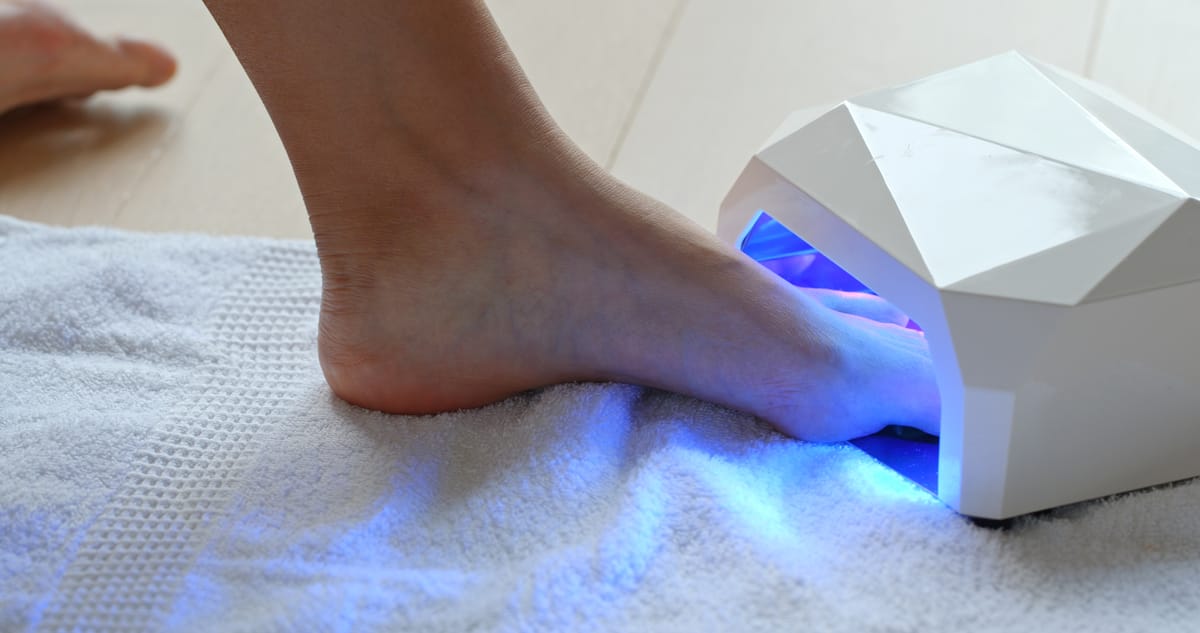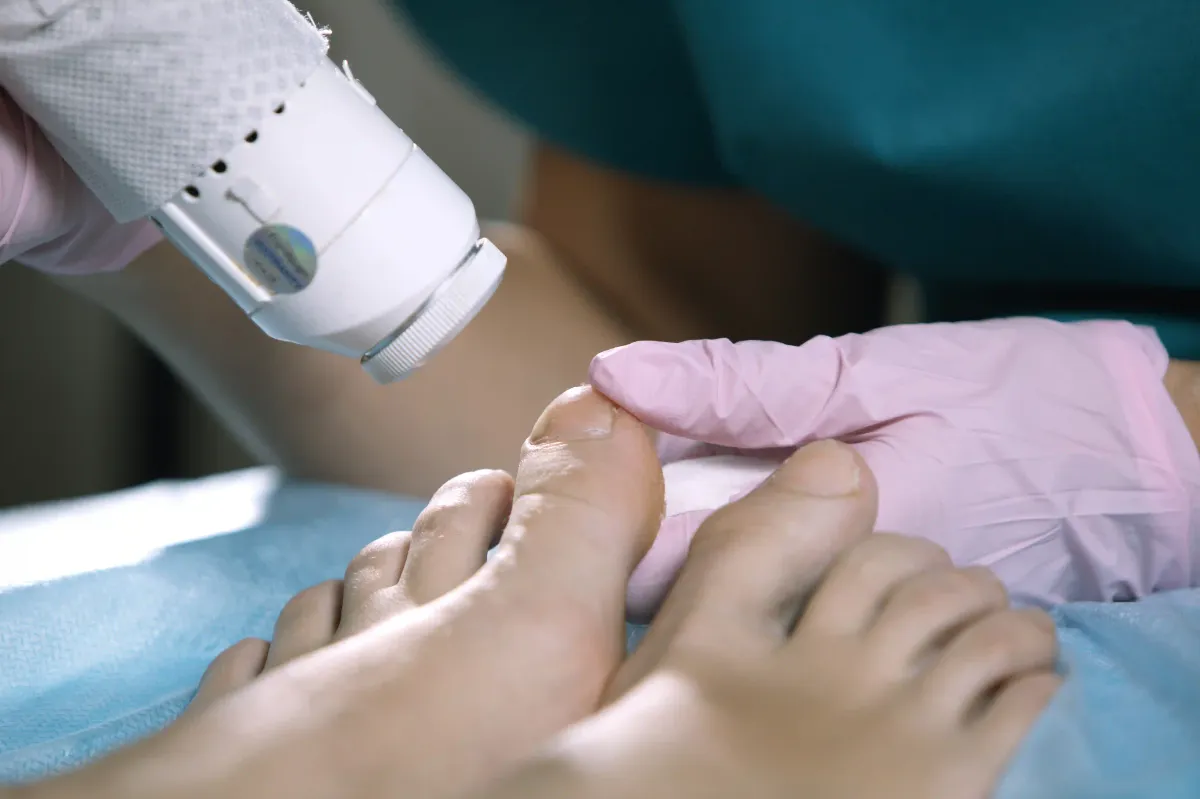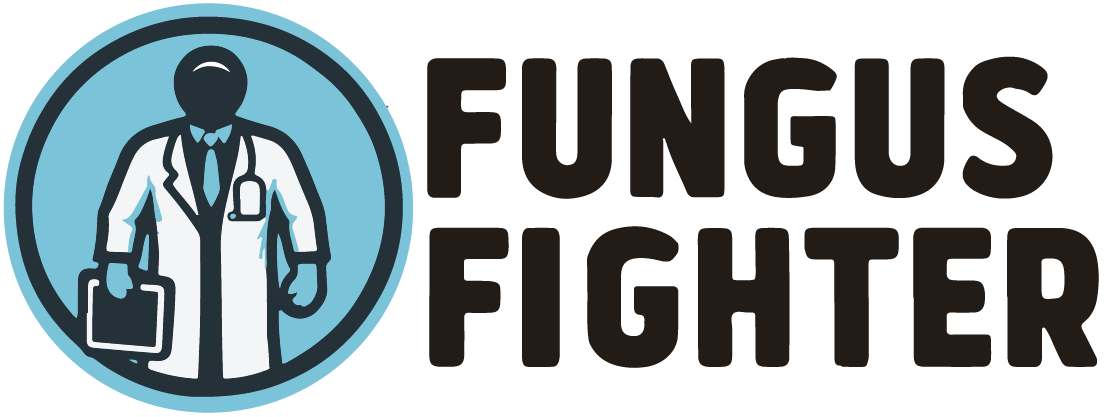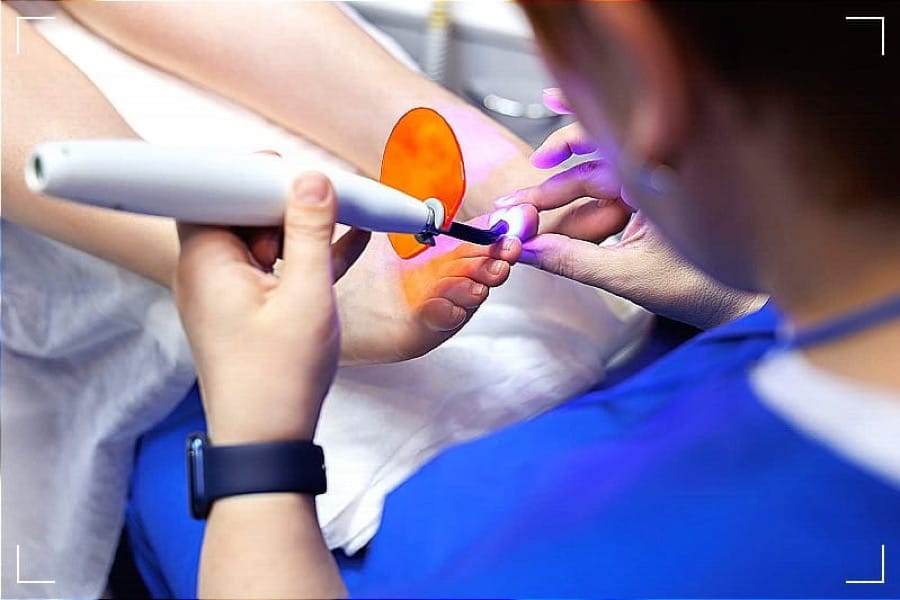Fungal infections of the toenails are a persistent problem that many people face. As a non-invasive, safe substitute for conventional techniques like topical lotions or oral drugs, laser treatment has grown in popularity. For individuals looking for benefits without the possible negative effects of previous therapies, it provides a contemporary answer. However, how much do these sessions cost, and what is the cost-effectiveness comparison of at-home laser devices? Let's examine it more closely.
Current US Prices for Laser Treatments for Fungal Infections in the Toenails
The location of the clinic, the kind of laser equipment used, and the number of sessions needed to produce desired outcomes are just a few of the variables that can significantly affect the cost of laser treatments. Knowing the costs of individual sessions as well as package alternatives is essential when creating a budget because fungal diseases frequently require multiple treatments.
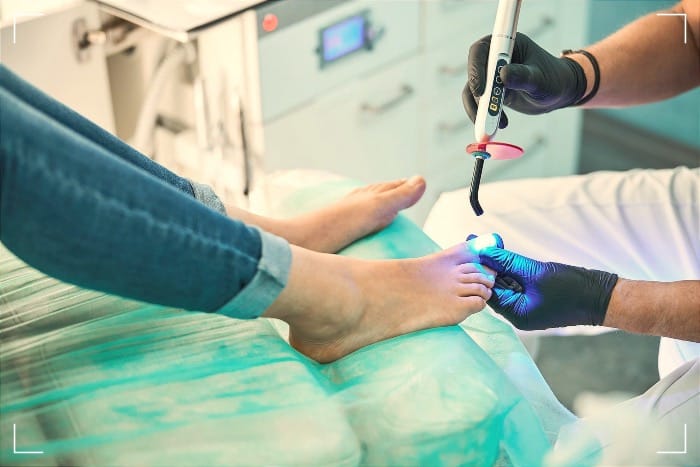
Average Cost Distribution by Clinic
Professional laser treatments often cost between $200 and $300 each session, with whole packages costing $1,000 or more. In order to make the process more inexpensive for patients who need multiple visits, clinics frequently offer bundled pricing.
For instance, depending on the severity of the infection, individual sessions at Metrowest Podiatry cost between $200 and $300. Packages from Family Foot DOC include follow-up care for three months and cost $600 for one foot or $800 for both. The pay-as-you-go model is also used by clinics such as 320-Foot, where the initial appointment costs $285 and subsequent treatments are subsidised.
Factors Affecting Treatment Costs
The following factors influence how much you'll spend:
- Severity of Infection: More complicated cases usually call for more sessions, which raises the total cost.
- Type of Laser Technology: Because of its dependable performance, clinics that use high-quality lasers, such as 1064-nm Nd:YAG systems, frequently charge more.
- Clinic Location: Compared to smaller towns or conventional clinics, urban centres or specialised facilities may have higher prices.
- Insurance Coverage: Laser treatments are rarely covered by insurance policies because they are typically classified as cosmetic procedures. To mitigate costs, some patients, however, might use Flexible Spending Accounts (FSAs) or Health Savings Accounts (HSAs).
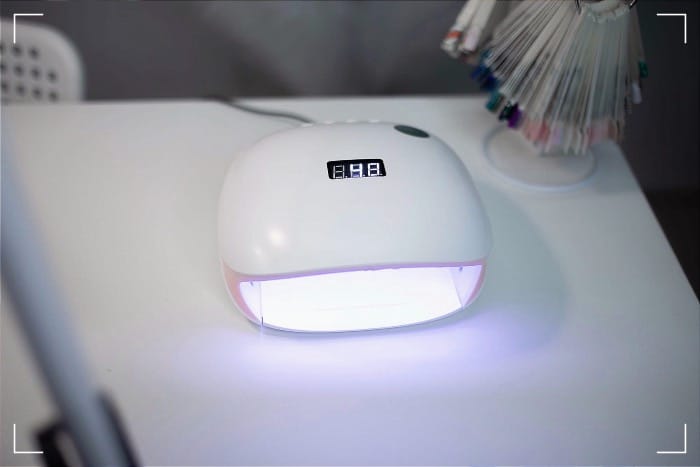
Overview of Laser Devices for At-Home Toenail Fungal Treatment
For individuals seeking an alternative to frequent clinic visits, at-home laser devices provide a convenient option. They are small, portable, and easy to use, making them an increasingly popular choice.
Price Ranges for Laser Devices
Entry-level devices start at approximately $20, while higher-end models can cost over $100. The price difference often reflects features and technology. For instance, the Nailseptic Laser Device, available on Halipax, is a premium product offering professional-grade precision but at a higher price point. In contrast, platforms like Amazon offer a variety of budget-friendly options that deliver basic functionality.
Key Features and Usage of At-Home Devices
Numerous household gadgets come with features intended to improve user experience:
- Compact Size: Devices that run on batteries and are lightweight are convenient to transport, even when travelling.
- Timers: By ensuring appropriate treatment durations, built-in timers lower the possibility of overuse.
- Dual-Light Technology: For maybe greater results, some gadgets, such as the Tiehnom Nail Fungus Laser, combine blue and infrared light.
At-home gadgets are easy to use thanks to these qualities, but their efficacy varies greatly.
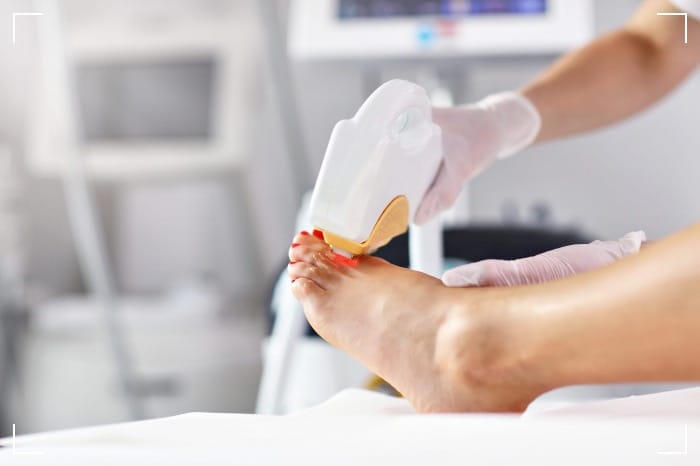
At-Home Devices' Limitations and Effectiveness
At-home laser devices are less expensive than professional treatments, but they frequently produce less reliable outcomes. It may take months of consistent therapy for patients to notice results, according to reviews from sites like Foot N' Ankle Centres. Users who anticipate faster results may become discouraged by this lengthy delay. For optimal results, t Numerous household gadgets come with features intended to improve user experience: Compact Size: Devices that run on batteries and are lightweight are convenient to transport, even when travelling. Timers: By ensuring appropriate treatment durations, built-in timers lower the possibility of overuse. Dual-Light Technology: For maybe greater results, some gadgets, such as the Tiehnom Nail Fungus Laser, combine blue and infrared light. At-home gadgets are easy to use thanks to these qualities, but their efficacy varies greatly. At-Home Devices' Limitations and Effectiveness At-home laser devices are less expensive than professional treatments, but they frequently produce less reliable outcomes. It may take months of consistent therapy for patients to notice results, according to reviews from sites like Foot N' Ankle Centres. Users who anticipate faster results may become discouraged by this lengthy delay. For optimal results,hese devices typically require daily use and a commitment to the routine.
Professional vs. At-Home Laser Treatments
When deciding between professional services and at-home solutions, your personal needs, budget, and the severity of the infection play a significant role.
Cost Efficiency of Each Option
Professional laser treatments are more expensive upfront but often pay off for severe infections due to their higher success rates. At-home devices, on the other hand, offer an affordable starting point but demand persistence and regular use. For instance, a single session at a clinic like GWA Podiatry might cost upwards of $300, while mid-tier home devices are available for under $100.
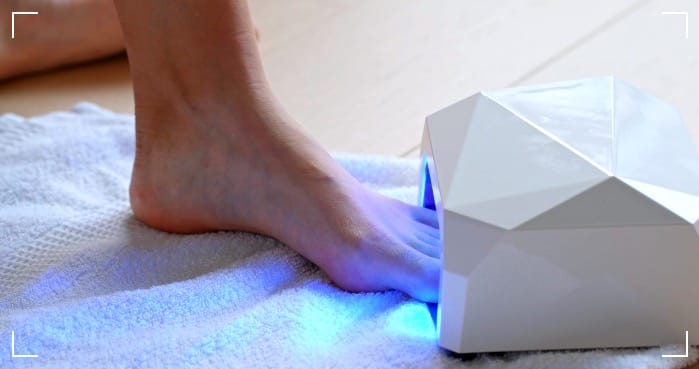
Effectiveness and Time Commitment
Clinics employ advanced lasers designed to target deeper layers of the nail, which can achieve noticeable results in just a few sessions. At-home devices are typically more suitable for mild to moderate infections but may require long-term use to produce visible changes. Studies show professional lasers have success rates exceeding 63%, while home devices vary widely depending on the model and individual usage habits.
Conclusion
Toenail fungal infection laser treatments offer a range of options to suit different needs and budgets. Professional treatments are well-suited for severe cases, providing faster and more reliable results, despite the higher cost. For those with mild infections or limited funds, at-home laser devices can be a practical alternative, provided users stay consistent with treatment. Regardless of your choice, consulting a podiatrist can help you determine the best approach tailored to your condition. Achieving healthier nails requires ongoing effort and patience, but with the right method, progress is within reach.
Furthermore, to obtain more information about the laser treatment of toenail fungal infection you can pay our two other relevant articles a visit.
